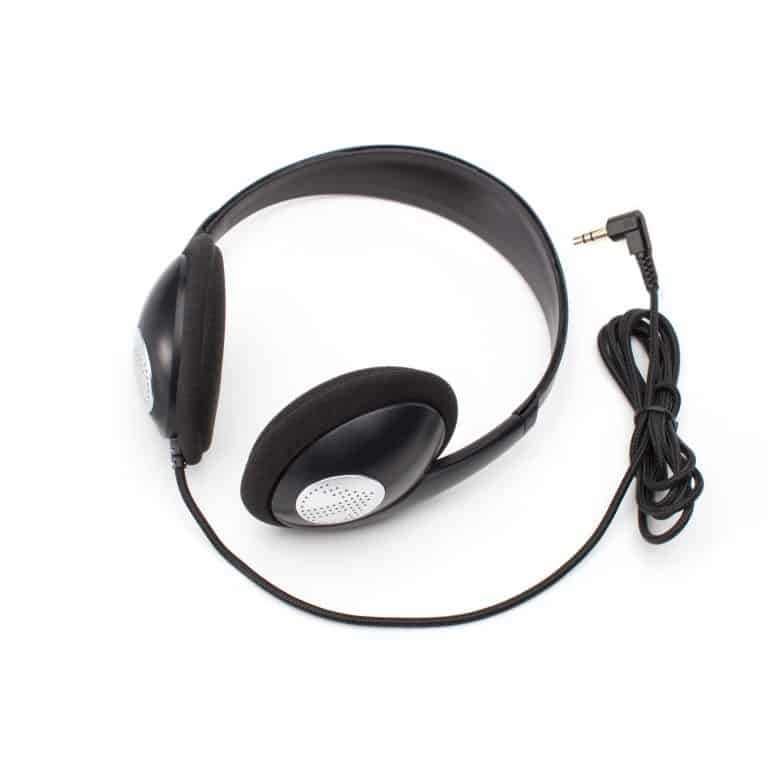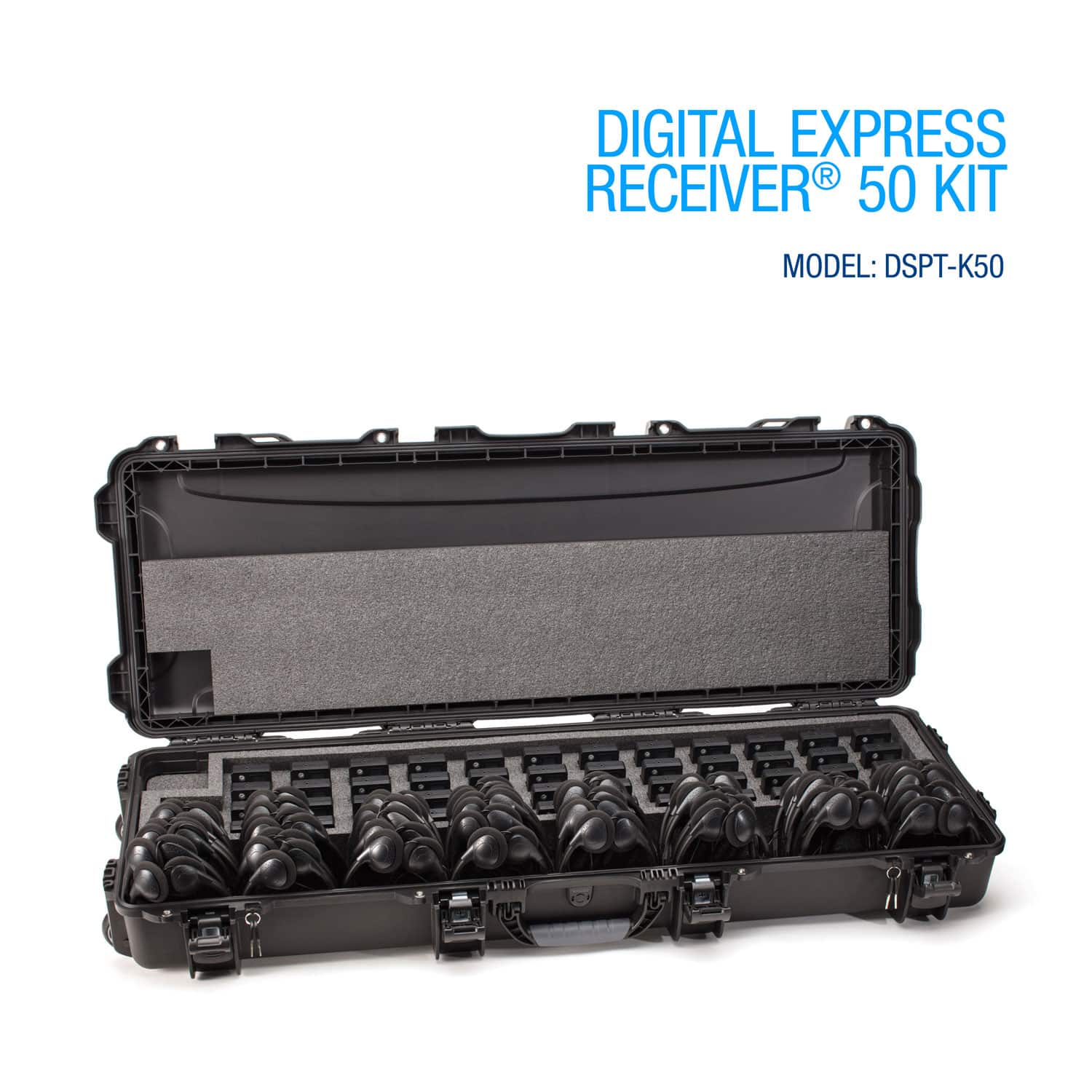Simultaneous interpretation equipment in Quebec city


Translation and Interpretation Systems and equipment in Quebec City

To satisfy end users in Quebec City, this article explains the necessary information to know about simultaneous interpretation equipment.
What is simultaneous interpretation?
QSimultaneous interpretation is defined as a method of applying complex languages. It is performed using a dedicated wireless device that is installed in a soundproof booth called a “simultaneous interpretation booth”.
Brief history of simultaneous interpretation equipment
Alan Gordon Finlay and Edward Filene first introduced the concept of simultaneous interpretation equipment in the 1920s. They named their project the Filene-Finlay simultaneous translator. Among other things, the equipment made it possible to read previously translated texts before they were presented.
No one imagined that the live simultaneous interpretation system would work at that time.
It was not until after the Second World War that this equipment was perfected and shaped into what we see today.
The refinement work was a result of the efforts of the United Nations. It was at the United Nations that simultaneous interpretation was introduced after the Second World War.
Simultaneous interpretation equipment today
Today, simultaneous interpretation is a preferred tool at most conferences. Especially since the number of brands of simultaneous interpretation equipment is constantly increasing.
But like any other product, it is best not to rely on cheap models. The choice should be based on the quality of the design and manufacture of the equipment.
It is important to choose the right supplier of simultaneous interpretation equipment: specialized companies are the most qualified to design such equipment, as opposed to a simple audio or video equipment design company.
Even agencies that specialize in conference interpretation have adopted this equipment. They can choose between simultaneous interpretation equipment or collaboration with specialized companies.
Combining simultaneous interpretation equipment with interpretation services from the same specialized agency is recommended to take advantage of one-stop language services.

What configurations of simultaneous interpretation equipment exist?
There are three types:
Permanent installations
This configuration consists of permanent facilities specially dedicated to entities that frequently hold conferences, such as the United Nations and the European Parliament.
These facilities are set up in small closed rooms where interpreters perform the translations. This is the most practical configuration of all, but also the least mobile.
Portable/mobile configurations
Most international institutions and entities do not necessarily need a permanent simultaneous interpretation system. Therefore, the portable configuration is the best alternative. This system involves setting up portable booths before the conference takes place.
These booths can accommodate a minimum of two interpreters for each language, with large conferences requiring three interpreters per language.
Like the permanent booths, the portable booths have various facilities such as ventilation and lighting. However, they are easy to move.
Whispering equipment
The whispering equipment comes with a wireless transmitter and wireless receivers. The Interpreting Equipment System receiver is the ideal device for people who travel frequently or just visit, such as a tour guide. It is not suitable for conferences that take place in a single room.

What equipment is inside the simultaneous interpretation booth?
Simultaneous Interpreting Console
This is an electronic box that can be connected to a headset and microphone. Since several interpreters are participating in the conference, several headsets may be required. The number of headsets and microphones should be equal to the number of interpreters present.
The multiple switches on the interpreting console can be used to switch between languages, adjust the headset volume, adjust the sound quality and switch off the microphone.
The interpreter headset
The interpreters each use their own headset. They can take this accessory with them wherever they go. Some models have been specially designed to better reproduce the voice and are perfectly suited for simultaneous interpreting. The simultaneous interpreting headset has two earpieces, so that the entire speech can be heard with two ears.
The microphone
There are three types of conference microphone:
- Integrated in the headset: this is the most practical option, since the interpreter can speak easily while wearing the headset. This type of microphone is also the most secure;
- Integrated into the console: less practical, this type of microphone is inserted into the top of the console using a connector;
- The table microphone: This type of microphone is not very practical. The table microphone: This type of microphone is impractical. It is placed on the desk and attached to the console with a cable. The performer may inadvertently move the microphone while it is still working. The result is a very unpleasant noise which may disrupt the conference.
Other equipment in the interpreting booth
The main equipment of an interpreting booth also includes lighting, a fan, chairs and equipment for the Internet connection.
Wireless receivers
When a conference speaker speaks, the audio stream passes through a transmitter before being transmitted to the headset and wireless receiver. Therefore, as soon as the conference begins, it is a good idea to wear your headset and activate the receivers to better understand the presentation.
Sometimes, at large conferences, the receiver is only granted with the presentation of an ID.
Once the headset is turned on, it is strongly discouraged to turn the volume up to the maximum, as this may result in deafening noises.
Small taps on the interpreter’s microphone before the conference should be avoided so as not to deafen the entire audience.
When the receiver is charged, interpreters can use it all day without any problems. If not, the sound quality may deteriorate and lead to misunderstanding. Headphones should not be placed near the microphone, as this can lead to feedback.
What about the standards for simultaneous interpreting equipment?
The ISO 2603 standard applies to permanent installations and portable interpreter kits. The ISO/FDIS 20109 and ASTM F2089 standards regulate the quality of equipment and its compliance with the requirements of international conference organizers.
Which manufacturer of simultaneous interpretation equipment is the most reliable?
There are many manufacturers of this type of equipment, but Bosch stands out from the rest because of the quality of its products, their durability and the rewarding user experience.

